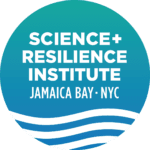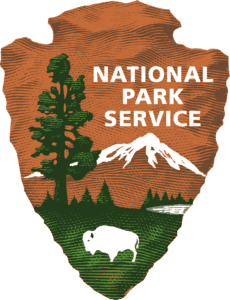Title: Visionmaker Jamaica Bay: Analysis of Community-Generated Adaptation Strategies to Enhance Resilient Ecosystems in Jamaica Bay Post-Hurricane Sandy, New York
Investigators: Eric W. Sanderson, Wildlife Conservation Society (WCS); Shorna B. Allred, Cornell University (CU); Dr. Marci Meixler, Rutgers University (RU)
The resilience of Jamaica Bay is not only a matter of emergency response and rebuilding after a storm—it also is about enabling more resilient behaviors and choices in the future on the part of government, private institutions, and the public (Hurricane Sandy Task Force, 2013). What resilience in Jamaica Bay means and over what time scale is an open question. It is also a question unlikely to have a single answer, given the complexity of the socio-ecological system and numerous choices facing managers, residents, and students of Jamaica Bay. Any truly resilient end-state will likely necessitate synthesis of ecosystem responses, lifestyle choices (including management decisions), and the best climate science. Understanding how visions of resilience vary between individuals, communities, and institutions will strongly influence the success of any management action taken on the part of the National Park Service and its partners in NYC government. The search for resilience is a shared one requiring an understanding and transparency about the goals, schedules, and ambitions of important stakeholder groups.
To support joint multi-actor visioning and decision-making, this project will develop a new tool called Visionmaker: Jamaica Bay. Typically differences in vision are treated through the political system, but this project takes them up as a research question: how do different communities envision resilience for a densely-inhabited urban estuarine system in a time of changing climate? The tool will adapt a spatially explicit online tool (mannahatta2409.org) for developing and sharing visions of resilience in Jamaica Bay, Gateway National Recreation Area, including elements that treat climate resiliency, evaluate ecosystem responses to adaptation and restoration strategies, and identify sources of vulnerability.
Drawing on various data sets on the natural and built environment, the tool provides a set of choices/parameters to paint visions of resiliency. Workshops conducted with different “communities of practice” and “communities of interest” will investigate visions of adaptation strategies to manage for and/or minimize impacts from sea level rise and climate change and enhance resilience. The project will analyze how visions of resilience are shared or vary among different stakeholders, and help understand the implications of different visions in terms of financial cost, ecosystem services, and species habitats.
Funding: Department of Interior, National Park Service
Project Period: November 2014 – October 2016






